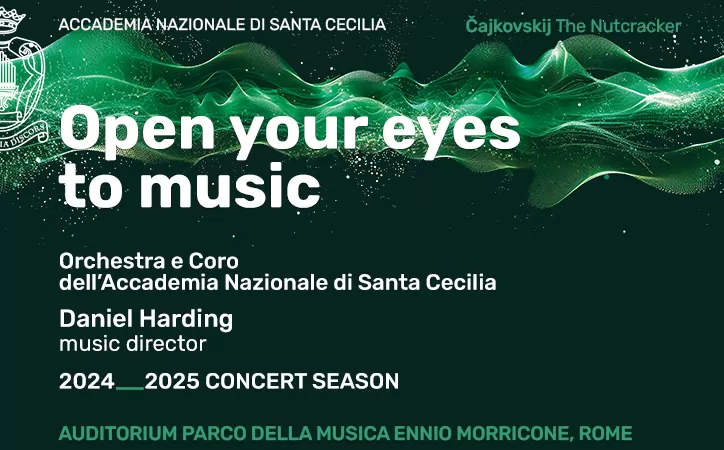The Music Tapestry of Naples
With its buzzing streets bursting with colours and sounds, Naples has always been a place where diverse cultures twirl together in a rhythmic dance.
Today’s artistic scene of the city is a reflection of centuries-long history, where every passing or settling nation would leave traces of their unique voices, instruments, and verses in the Neapolitan culture or napoletanità.
The roots of the Neapolitan music reach back to Ancient Rome when it became a central way of expression during festivals that later intertwined with Christian and Islamic art traditions, the culture of Normans and Spaniards, and even the American culture during the post-war period. Let us follow those musical traces and see the threads which the Neapolitan music tapestry is woven from!
The first thing that you might think of when talking about folk Italian music is tarantella that often accompanies a famous traditional dance. In fact, tarantella is one of the key genres in the folk music culture of Naples, alongside a less famous tammuriata.
Central to the Neapolitan sound are the traditional instruments that dictate the dynamic of folk songs widespread in Naples and the Campania region. In those songs, the familiar sound of the mandolins and tambourines is accompanied by mouth harps, recorders, and less-known regional instruments. One of them is putipù, a friction drum that is often depicted in the hands of Pulcinella, a famous Neapolitan puppet character.
The range of sounds also included triccheballacche and scetavajasse, percussion instruments that created a characteristic sound. The revival of folk music became a key feature of Italian left-wing culture in the 1960s and was seen as a counterculture to capitalism since traditional songs were free of commercialism. This process was associated with itinerant musicians who popularized the forgotten traditional songs sung in the local dialect. Eugenio Bennato is one of the most famous Italian folk musicians who greatly contributed to the revival of the genre in the 60s.
The music of Naples had not only absorbed different folk traditions with a wide variety of genres. The Italian opera has its roots in the Baroque era. In the 18th century, the city gained the status of the conservatory of Europe since it had become the main destination for aspiring opera musicians.
Why tourists skip Naples: debunking common misconceptions
The famous Italian composers, such as Bellini and Rossini, drew their inspiration from the lively city of Naples where the most prestigious music theatre in the world of that time, Teatro di San Carlo, was founded. Giuseppe Verdi was also associated with the Teatro di San Carlo.
Having become the centre of European music, Naples attracted many foreign composers such as Hasse, Haydn, and Gluck. The golden voice of Italian opera, Enrico Caruso, is also originally from Naples. The Great Age of the Neapolitan opera gave birth to opera buffa, a comedy in music form. Today, Teatro di San Carlo still attracts leading artists and classical music lovers from all over the world. Do not miss your opportunity to visit this music temple and enjoy opera when in Naples!
The town inspired many celebrated musicians who were not afraid to experiment with different genres to find their own voice. Renato Carosone is famous for his unique blend of Neapolitan traditional music and jazz; his artistry and many of his song became international hits, such as “Tu Vuo Fà L’Americano”, “Mambo Italiano” and other.
Pino Daniele is another musician you have most certainly heard of. By blending Neapolitan folk with the elements of blues and jazz, he managed to create a unique sound that resonated with global audience. Nino Rota is an Oscar nominated Italian composer, who drew inspiration from the vibrant spirit of Naples and often included Neapolitan music elements into his art.
Naples has always stood out in the music scene of Italy and today is not an exception. On your walk around Naples, you will most likely hear very upbeat music coming from the cars and houses of the locals. Long and rich history of napoletanità gave birth to a subgenre popular in Naples and almost unknown in other corners of Italy. We are talking about neomelodica, a subgenre of Neapolitan music that talks about everyday life in the quarters of the town. Neomedica is a very popular genre on the Internet. Gianni Celeste, Rosario Miraggio, and Tony Colombo are one of the most popular musicians within this genre who have hundreds of thousands of followers both on YouTube and Instagram.
The Neapolitan music scene is full of renowned musicians who gained popularity not only in Italy but across the world. One of the promoters of Neapolitan song is the Italian Sanremo Music Festival, a contest that gathers millions of viewers in front of their TVs to celebrate art. This year’s edition of Sanremo has brought a new name on a bigger scene, a young Neapolitan rapper Geolier who performed a song in a local dialect and charmed many viewers, as well as provoked controversy
Having inherited the unique folk sounds and classical motifs, the music of today provides a retrospective on all the historical and political processes that were happening in the region throughout the centuries. All we must do is pay close attention to every sound that is never an accident, but a trace of rich musical heritage.
Ph: Enrico Della Pietra / Shutterstock.com


















